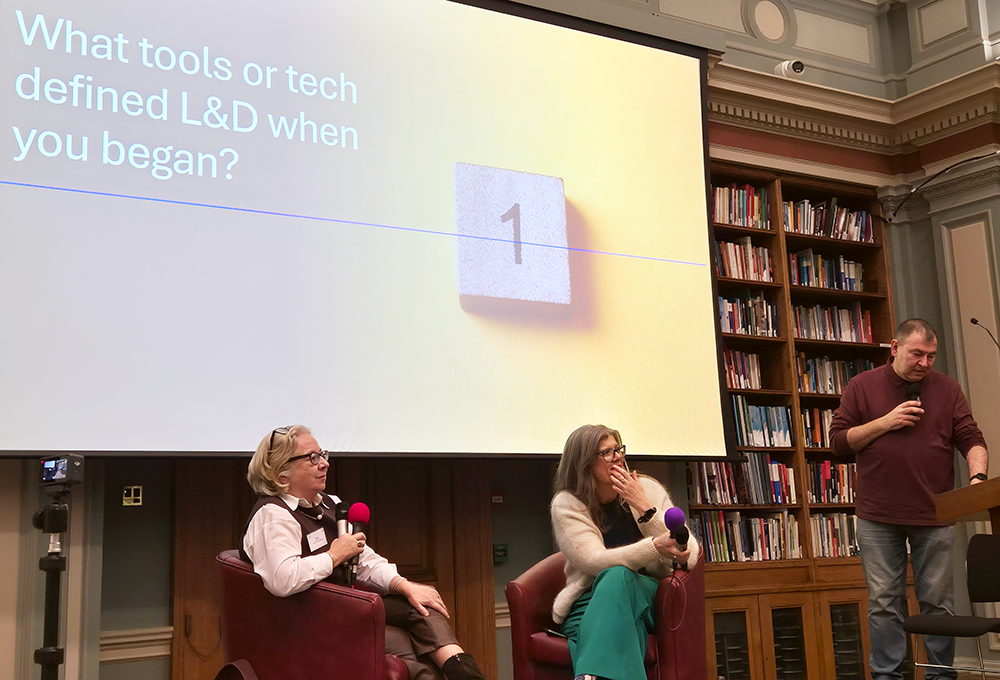Erika Smith contends that ADDIE, the industry standard model for instructional designers remains robust, and that when applied with thought and innovation can speed up evaluation
By definition, an instructional systems design (ISD) is the process in which courses and materials are created to make a learning experience efficient, effective and appealing. While all system elements should work to bring learners to mastery for a particular job or skill, there is a debate among learning professionals as to whether we should abandon ADDIE for a new model. Many believe ADDIE is too linear, rigid and time-consuming and doesn’t allow for rapid development; however, I would argue that this is true only when not implemented in an iterative, agile way.
Let’s take a look at ADDIE. This model has been the industry standard for many years and the elements have been tested and proven. While new instructional models are being used in the industry, the five elements of ADDIE are important and there’s little to show the elimination of any of these steps improves outcomes.
- Assessment – This phase includes talking to learners and understanding the problem. It also consists of recognising the gaps that exist between your audience and their ability to perform the task successfully. Are there gaps in knowledge, skill, motivation, or environment? Once you’ve assembled all information about the project, you’re better positioned to ensure the design is built in the best environment and on the best platform.
- Design – Now that you’ve defined the problem, what is the best way to solve it and how do you fill the gaps identified in the first stage? Once these foundational components are in place, blueprinting comes easy; construct a first round design plan including objectives, exercises and measurement.
- Development – Create content assets blueprinted in the design phase by way of storyboards, prototypes or the final product. Mock up sections in order to get them in front of learners, so the project can be reviewed and revised.
- Implementation – Put the design in front of learners to get feedback and to encourage interaction. Use what’s most familiar to learners, be it an LMS, company website, etc.
- Evaluation – There are multiple levels of evaluation, but at the core is feedback from the learners. Did behaviour change and even more, can the audience apply what they’ve been taught? Maybe this is obtained via an interview or through data analysis. Take into account the four levels of learning, but recognise that behaviour change is ultimate goal of your whole delivery.
The roadblock with ADDIE is that most see it to be regimented because, well, it’s a process. And change sometimes indicates that you’re not following a process. This is especially true in the corporate environment, where history plays a role. Yes, it’s correct in acknowledging that as part of ADDIE each step has an outcome that feeds into the subsequent step. But they are not dependent on linearity. It’s in fact the opposite, and one of the benefits of implementing ADDIE in an iterative and agile way is that much of the evaluation is done prior to implementing your final product.
Evaluation is time-consuming and expensive, and when left to be done at the end it often gets forgotten. While there are portions of evaluation that will always need to be done after implementation to find out if the problem’s been solved, ultimately you need to find out if the learner’s performance has changed. In this sense, do as much of the evaluation as possible before you implement by identifying the problem and then creating rapid prototypes of what things may look like, and share, share, share with your audience. This is the idea of receiving continual feedback while the instructional materials are being created. Catching problems while they are still easy to fix saves both time and money. After all, developers, experts and learners put the most value into time and organisations closely monitor investment.
So, don’t fear change and don’t get caught in counting the stages. How can you do a minimal amount of design and development before getting something in front of your learners? Rather than doing these steps in their essence, keep the elements that work and find ways to do them in a more efficient and effective way. The goal of all instructional designers and training developers after all is to create something that provides the best opportunity to bring learners to mastery. It’s also to design something that allows for seamless application and consistent outcomes. Do that in whatever makes the most sense for your organisation, and do it in a dynamic, flexible way. It may seem like you’re spinning your wheels through each element and back again, but analysis is just as important as evaluation and design is just as important as implementation. Regardless of the design process debate infiltrating the industry, be creative and find ways to apply the aspects of ADDIE in ways that work best for your learners and your organisation.



